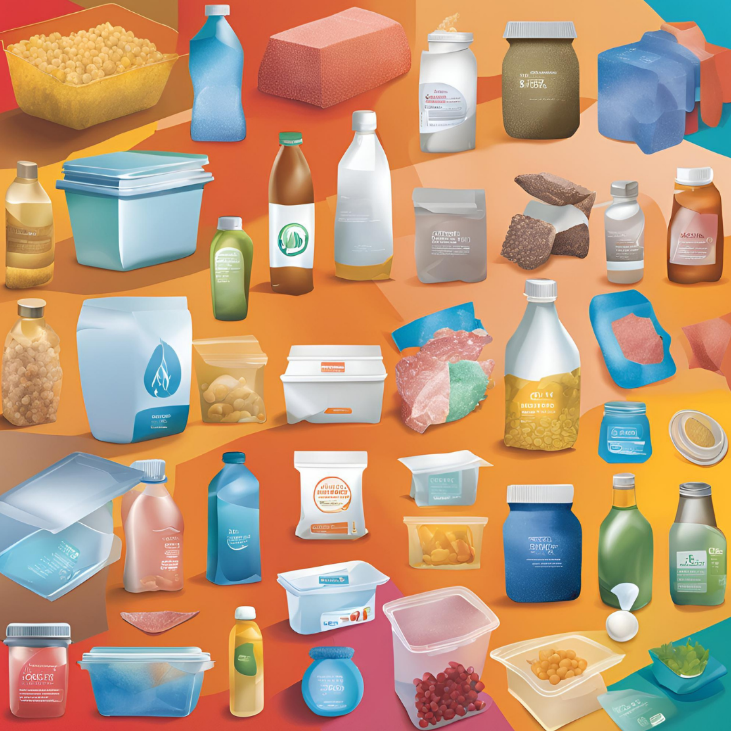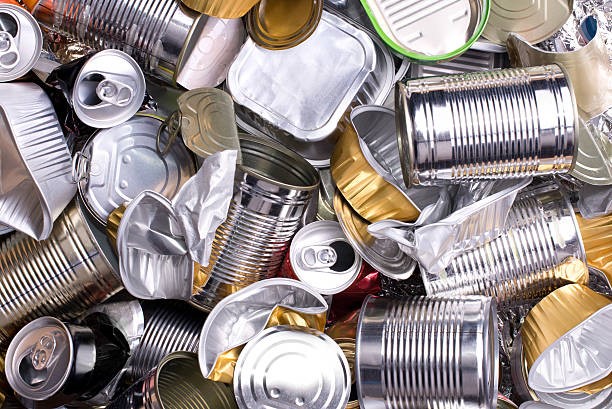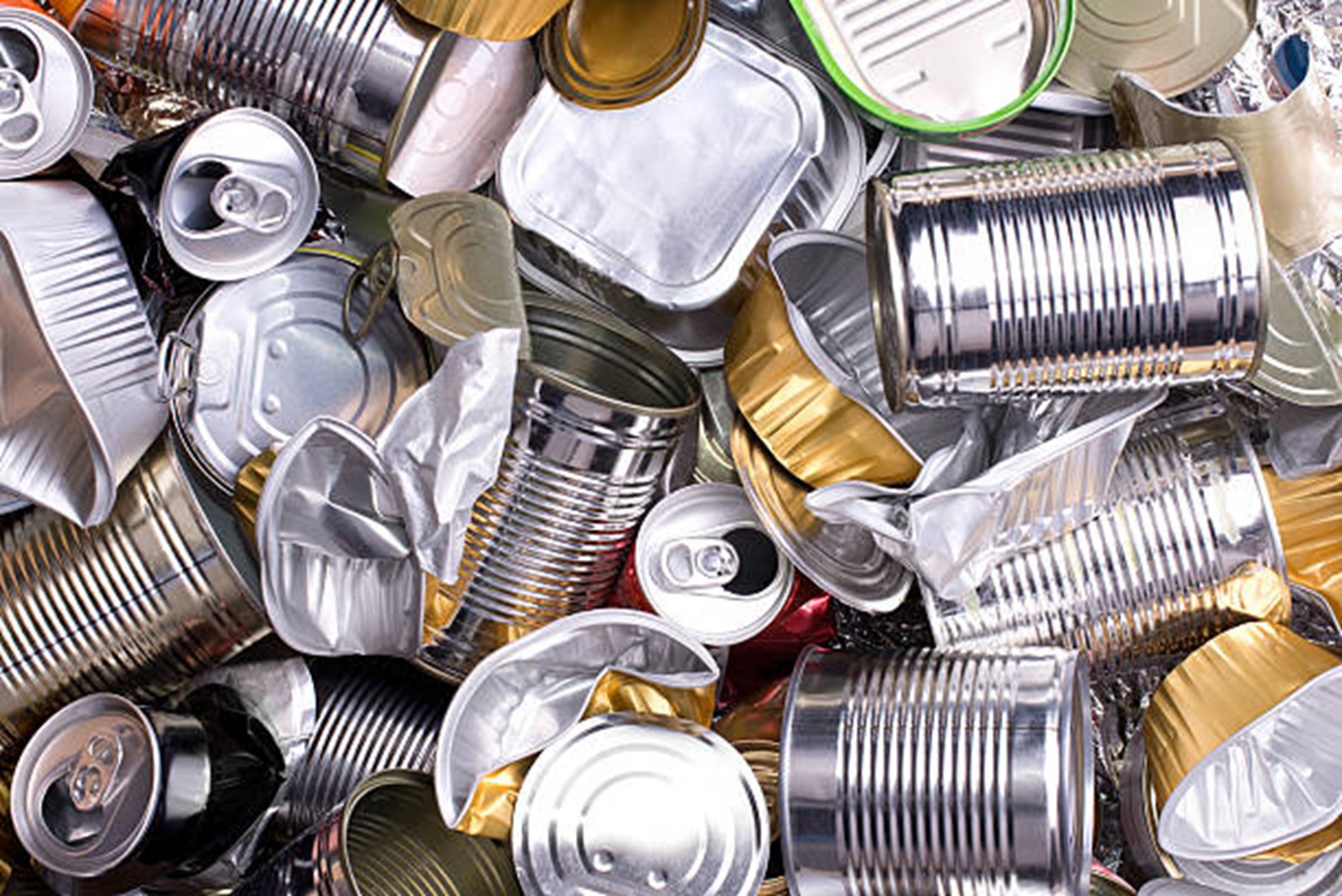
Revolutionizing Food Preservation
The journey of active packaging began in the late 1970s, marking a significant departure from traditional passive packaging methods. While conventional packaging simply served as a protective barrier, active packaging was designed to interact with its contents, extending shelf life and improving food quality through innovative mechanisms.
Japanese manufacturers were among the first pioneers, introducing oxygen scavengers in the form of sachets containing iron powder. These revolutionary packets, when placed inside food packaging, actively absorbed oxygen to prevent spoilage and maintain freshness. This innovation quickly spread globally throughout the 1980s, particularly in the seafood and bakery industries.
The 1990s saw the emergence of more sophisticated active packaging solutions. Ethylene absorbers were developed to slow the ripening of fruits and vegetables, while moisture regulators helped control humidity levels in packaged foods. Scientists also began experimenting with antimicrobial packaging, incorporating natural compounds like essential oils and silver nanoparticles to inhibit bacterial growth.
The turn of the millennium brought about smart integration of active components directly into packaging materials, eliminating the need for separate sachets. Polymer films with oxygen-scavenging properties were developed, and time-temperature indicators became more common, allowing consumers to monitor food freshness more accurately.
Today, active packaging continues to evolve with sustainable solutions at the forefront. Researchers are developing bio-based active packaging materials and exploring new technologies like controlled-release antioxidants and probiotics. These innovations not only extend shelf life but also reduce food waste – a critical concern in our modern world.
From simple oxygen-absorbing sachets to sophisticated smart materials, active packaging has transformed how we preserve and protect our food. As technology advances, we can expect even more groundbreaking developments in this dynamic field.






